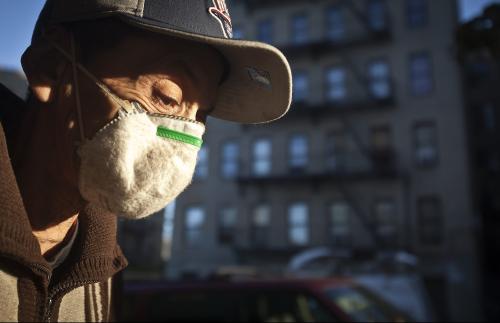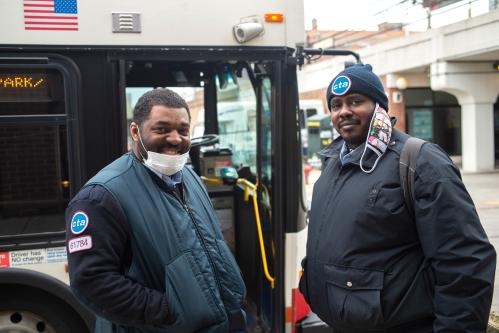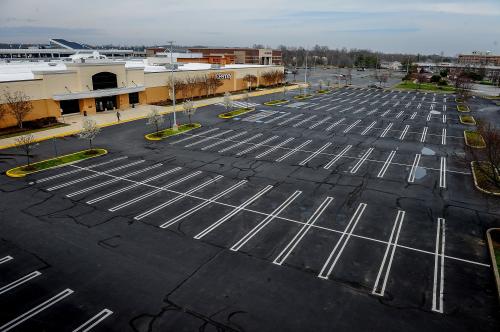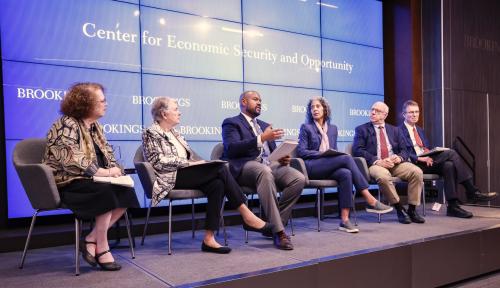A policy window of opportunity is now opened by growing public support to address structural racism in light of the Black Lives Matter movement and nationwide condemnation of anti-Asian actions. Alternative approaches to improving governmental responsiveness to Black, Indigenous and people of color (BIPOC) communities now loom large at all levels of the public sphere. Policy actors have a unique opportunity to address structural inequalities by making timely investments in the “street-level” service delivery system, such as schools and classrooms, public transit, water supply system, street safety, mental health clinics, parks and recreational facilities, nursing homes, and job training sites.
Shifting the paradigm on how services are delivered is complicated by the well-entrenched inertia of incrementalism, where future actions are substantially constrained by current practices. Incrementalism, at least for the time being, may be disrupted when President Joe Biden signed into law the $1.9 trillion American Rescue Plan (ARP) Act on March 11, 2021. The federal relief legislation provides $350 billion for state, local, and tribal governments and another $130 billion for school reopening. This distribution of $480 billion in federal grants offers an exciting opportunity to improve the quality of life in many under-resourced and underrepresented BIPOC communities. One analysis examined communities with high poverty and low income groups in metropolitan areas and found that 15% of the U.S. population and 31% of the nation’s poor live in these under-resourced communities. People of color account for 52% of the residents in these communities.
Policy actors at the state, city, and community level need to work together to make sure that under-resourced communities will receive their fair share of the $480 billion federal fund. Federal dollars can be leveraged to prioritize communities with municipal services with low quality, schools that are understaffed or staffed by temporary or substitute educators, persistently low labor force participation, broken infrastructure, and mixed standards on water quality and neighborhood safety.
Federal ARP grants could play a pivotal investment in fostering redesign in state and local services in BIPOC communities. Understandably, federal agencies will continue to employ well established allocation formulas as predictable methods in appropriating intergovernmental aid to eligible populations and communities. However, to address systemic inequality, state and local officials must reassess their own decision rules to make sure that federal dollars reach residents in under-resourced and underrepresented communities. Policy actors need to fully recognize institutional constraints when allocating ARP funds at the community level. Clearly, under-resourced, BIPOC communities are likely to experience an undercount in the U.S. Census, the underlying data that forms the basis of many funding formulas. Policy leaders and community-based organizations can work together to address how census undercounting may affect funding allocations in underrepresented communities.
Further, promising alternative approaches are beginning to emerge. A small number of cities have started to engage the community to conduct a critical self-examination on “truth and reconciliations” that may offer a systemic alternative to drive the allocation of the coronavirus relief funding. Recently, the City of Evanston, a suburb of Chicago, made its first reparations grant to black residents for housing improvement. The philanthropic sector has begun to redirect its grants to address structural inequality. With the support of almost $300 million in multi-year grants, the John D. and Catherine T. MacArthur Foundation’s Safety and Justice Challenge Network is able to engage 51 cities and counties across 32 states to restructure the local criminal justice system, leading to significant declines in the average daily populations in jails. A timely reassessment of both the systemic barriers and enabling conditions will lay the groundwork to disrupt structural inequality in local services.







Commentary
Will the $1.9 trillion American Rescue Plan address structural inequality?
April 14, 2021